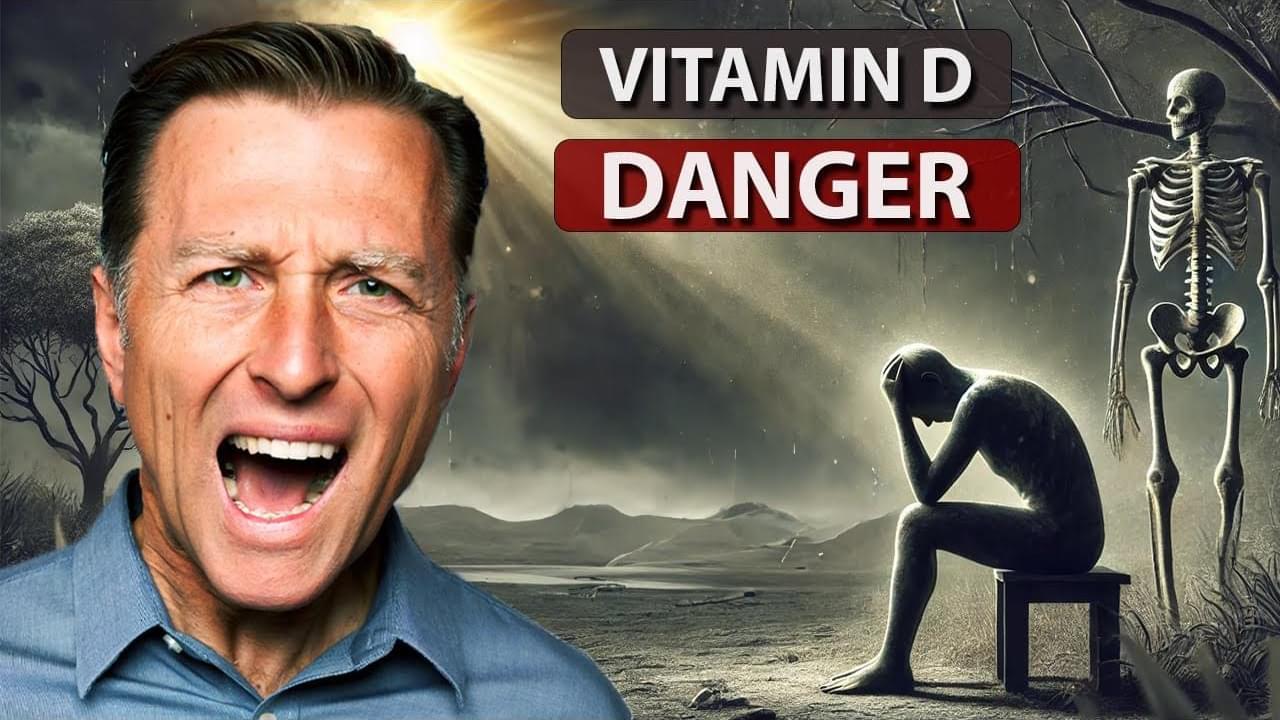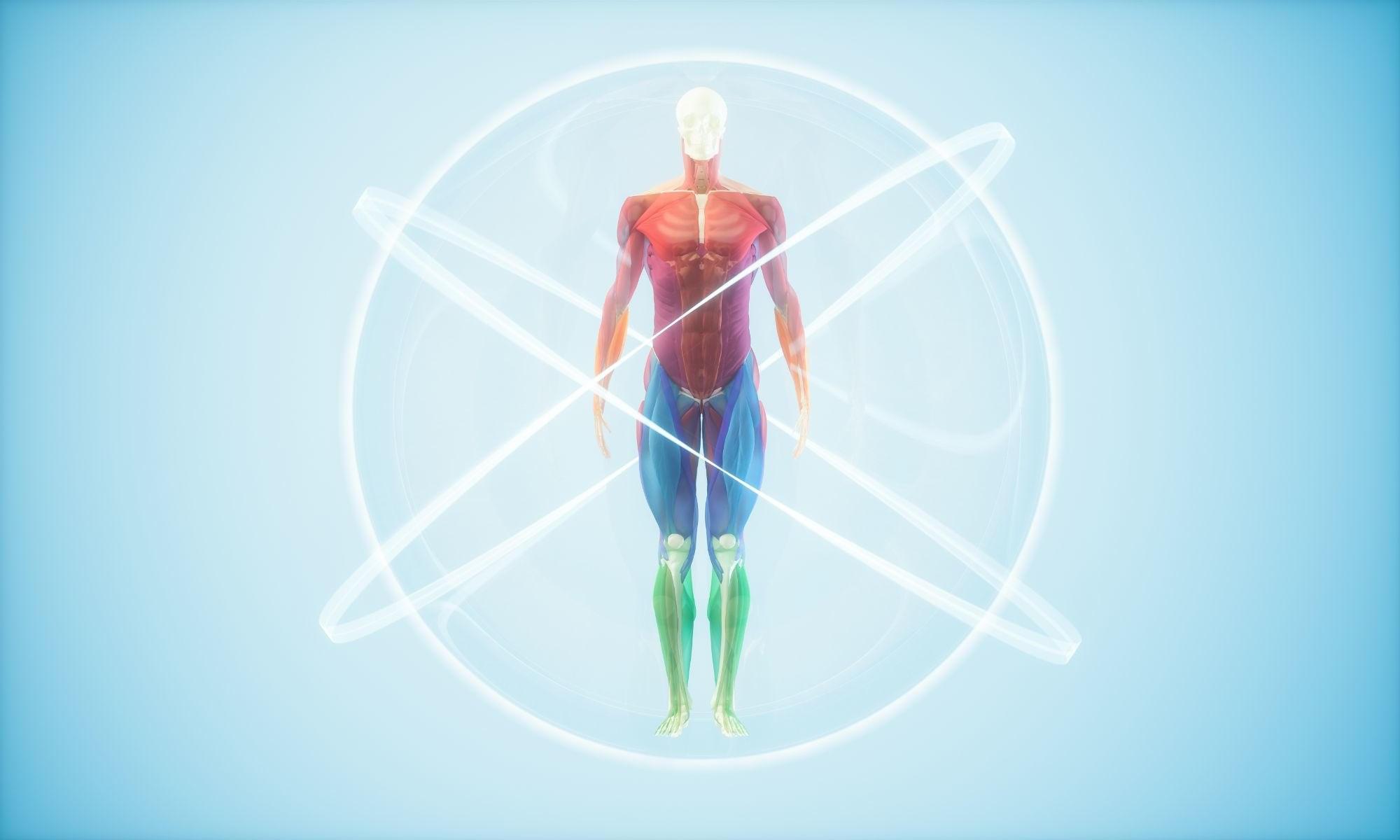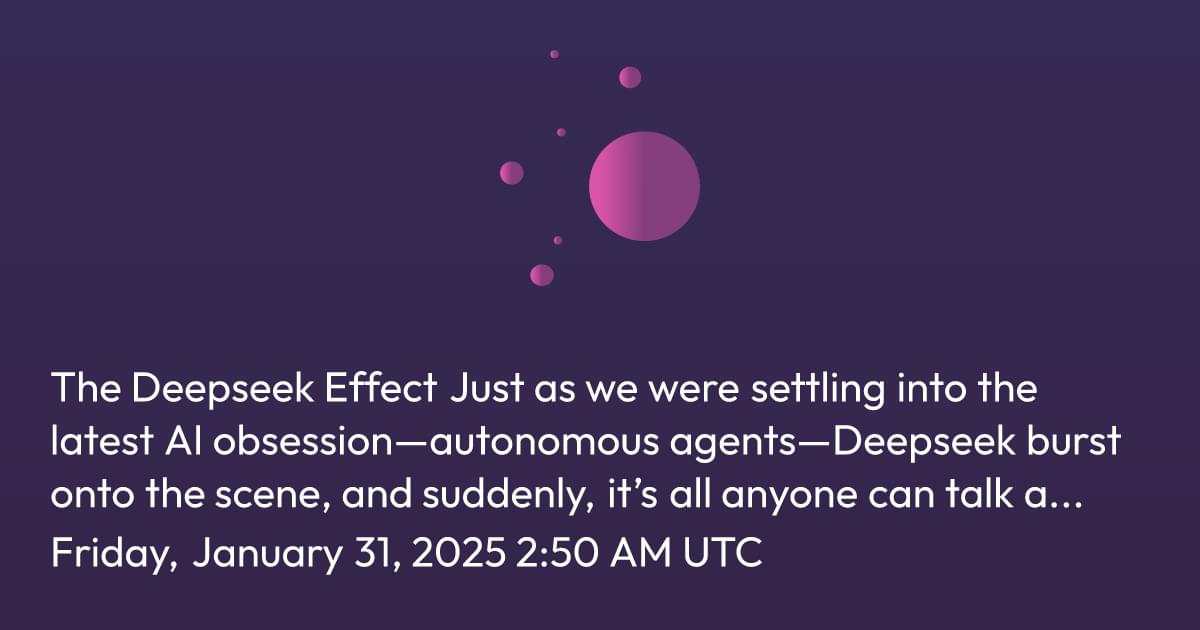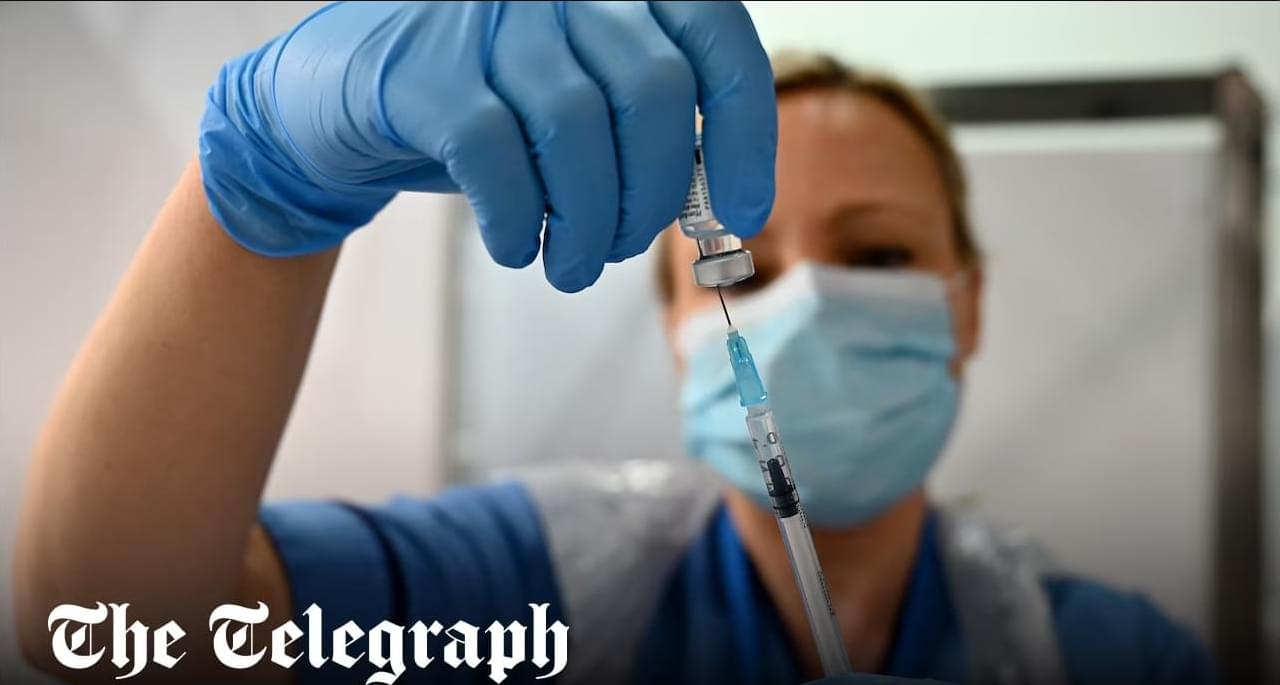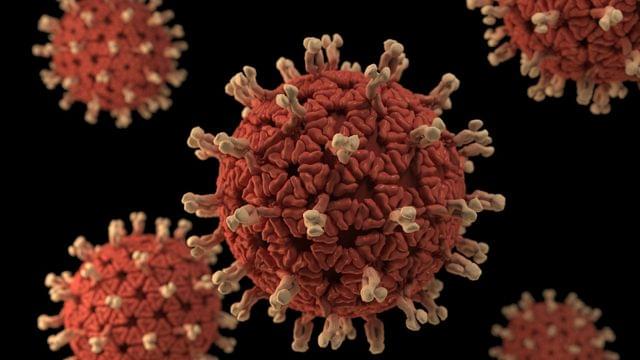Check out this fascinating interview with Professor Bruce Hollis, a pioneer in vitamin D research and an expert on vitamin D deficiency.
DATA:
https://www.townsendletter.com/e-lett… Welcome, Professor Bruce Hollis! 0:53 The 2 systems in the body that use vitamin D 2:40 The forms of vitamin D 8:30 The problem with vitamin D research in the United States 15:45 What are normal vitamin D levels? 18:47 Vitamin D and cancer 25:35 Is vitamin D stored in your fat? 27:03 Vitamin D and your arteries 28:44 Vitamin D and lactation 34:11 Vitamin D and magnesium 36:43 Vitamin D toxicity 42:06 How did you begin your research on vitamin D? 49:30 Final thoughts Please join me in welcoming Professor Bruce Hollis! Professor Hollis’ research has provided a new understanding of the importance of vitamin D and its full range of functions. Vitamin D has been understood as an essential nutrient for skeletal integrity and maintaining blood calcium levels. As microbiology and research developed, researchers found that many cells that had nothing to do with the skeleton could respond to vitamin D, including cancer and immune cells. Vitamin D exists in different forms inside the body. When you take a supplement or sunlight hits your skin, you’re dealing with the inactive form of vitamin D. It is then turned into a compound called 25-hydroxy vitamin D, the intermediate form of vitamin D that stays in the blood for weeks. This form is picked up in blood tests but isn’t easily accessible by the tissues that might need it. The final form of vitamin D is one of the most potent hormones, 125 di-hydroxy vitamin D. Vitamin D is converted into the active form in the kidney but can also be converted inside the cells. The vast majority of studies substantiating our information on vitamin D in the U.S. have several problems and have produced inaccurate results. There is also no agreed-upon range on “normal” vitamin D levels—or what levels are considered a vitamin D deficiency. Professor Hollis has conducted research and has seen significant results using vitamin D to prevent birth complications in women in Iran, in patients with low-grade prostate cancer, and in lactation. He also explains the importance of magnesium, a key cofactor for vitamin D metabolism. Professor Hollis wants people to understand that few physicians recommend or acknowledge the benefits of vitamin D because national organizations have yet to properly understand and recognize them. Dr. Eric Berg DC Bio: Dr. Berg, age 59, is a chiropractor who specializes in Healthy Ketosis & Intermittent Fasting. He is the author of the best-selling book The Healthy Keto Plan, and is the Director of Dr. Berg Nutritionals. He no longer practices, but focuses on health education through social media. Follow Me On Social Media: Facebook: https://bit.ly/FB-DrBerg Instagram: https://bit.ly/IG-DrBerg Listen to my podcast: https://bit.ly/drberg-podcast TikTok: https://bit.ly/TikTok-DrBerg Disclaimer: Dr. Eric Berg received his Doctor of Chiropractic degree from Palmer College of Chiropractic in 1988. His use of “doctor” or “Dr.” in relation to himself solely refers to that degree. Dr. Berg is a licensed chiropractor in Virginia, California, and Louisiana, but he no longer practices chiropractic in any state and does not see patients, so he can focus on educating people as a full-time activity, yet he maintains an active license. This video is for general informational purposes only. It should not be used to self-diagnose, and it is not a substitute for a medical exam, cure, treatment, diagnosis, prescription, or recommendation. It does not create a doctor-patient relationship between Dr. Berg and you. You should not make any change in your health regimen or diet before first consulting a physician and obtaining a medical exam, diagnosis, and recommendation. Always seek the advice of a physician or other qualified health provider with any questions you may have regarding a medical condition. #keto #ketodiet #weightloss #ketolifestyle Thanks for watching! I hope this increases your awareness about the importance of vitamin D and addressing vitamin D deficiency. I’ll see you in the next video.
0:00 Welcome, Professor Bruce Hollis!
0:53 The 2 systems in the body that use vitamin D
2:40 The forms of vitamin D
8:30 The problem with vitamin D research in the United States.
15:45 What are normal vitamin D levels?
18:47 Vitamin D and cancer.
25:35 Is vitamin D stored in your fat?
27:03 Vitamin D and your arteries.
28:44 Vitamin D and lactation.
34:11 Vitamin D and magnesium.
36:43 Vitamin D toxicity.
42:06 How did you begin your research on vitamin D?
49:30 Final thoughts.
Please join me in welcoming Professor Bruce Hollis! Professor Hollis’ research has provided a new understanding of the importance of vitamin D and its full range of functions.
